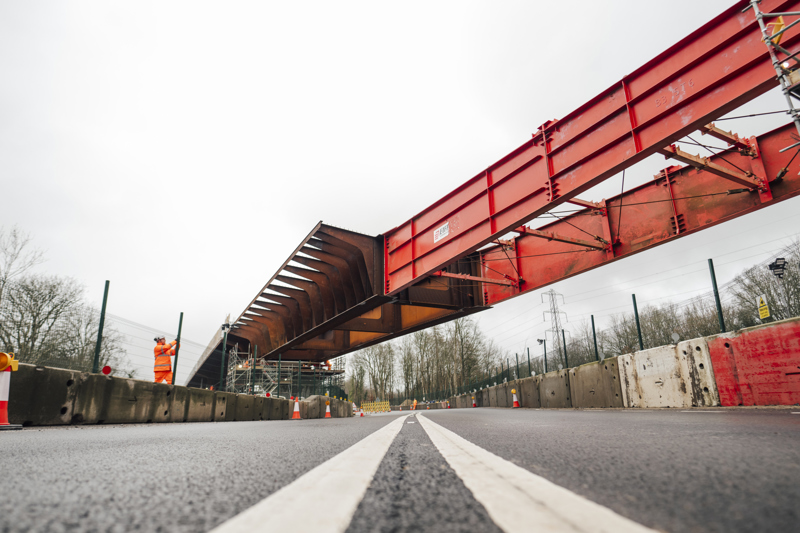
A four-day process to slide a new HS2 bridge deck to be slid into place above a road and bridge deck.

A four-day process to slide a new HS2 bridge deck to be slid into place above a road and bridge deck.
The operation to maneuver the 345-metre-long deck for the Small Dean Viaduct began on Thursday January 30. Weighing 4,320 tonnes, this was the heaviest and longest viaduct deck slide on the HS2 project to date.
Unlike the Wendover Dean Viaduct deck, which was slid into place over three separate moves, the entire deck at Small Dean was done in one go at a maximum speed of ten metres per hour. The reason for this was that there was more space within which to assemble the whole deck, but also to reduce disruption to the A413 and London-Aylesbury Line which HS2 will cross over.
The A413 was closed on January 31 while a large guide moved over the top of the road, amid concerns the sight of the guide crossing above the road could distract drivers. The guide connected to the front of the deck was used to ensure that the end of the deck correctly located pairs of temporary bearings installed on top of the six piers.
The Chiltern line to Aylesbury was closed over the weekend of February 1-2 as the deck was positioned above, reopening at 0400 on Monday February 3.
Now the deck is in place, the EKFB joint venture (Eiffage, Kier, Ferrovial Construction, and BAM Nuttall), which is building the central section of HS2, can begin the two-month process of lowering it from temporary to permanent bearings.
This will involve lowering sections of the deck a total of 600mm in a series of 200mm increments until it is resting on the permanent bearings.
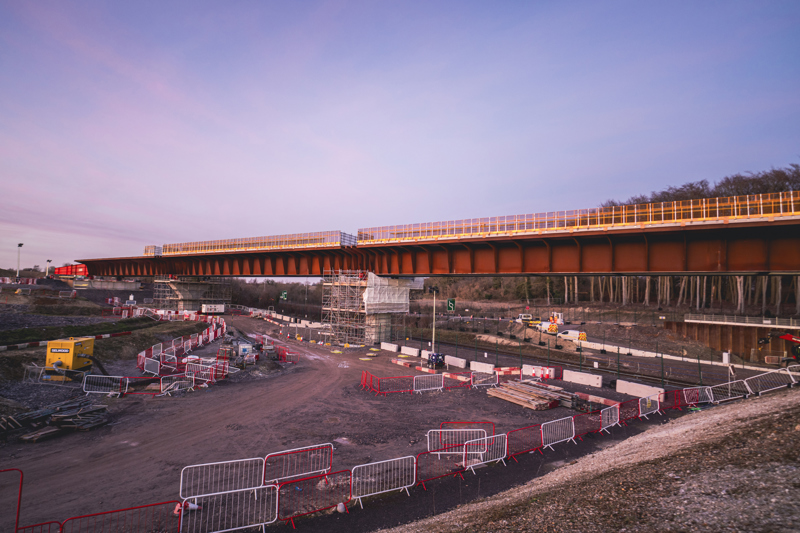
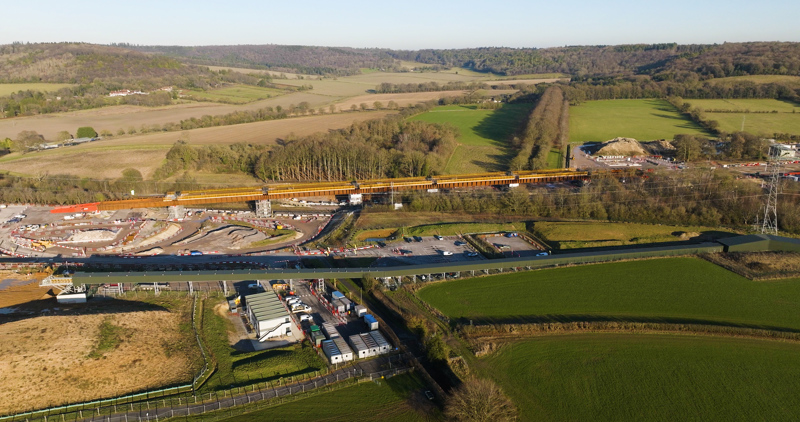
Once the deck has been lowered a layer of concrete will be poured on the upper and lower precast concrete panels, with the pour expected to take place in March.
Precast concrete parapets will then be installed towards the middle of the year.
The concrete pour and the installation of the parapets will likely require nighttime closures of the A413 and overnight possessions of the railway, but only when work is taking place directly above the road and railway.
By Chris Howe
Login to continue reading
Or register with RAIL to keep up-to-date with the latest news, insight and opinion.


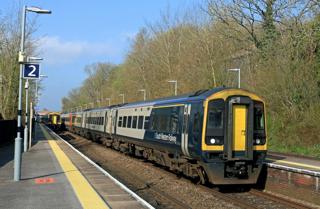
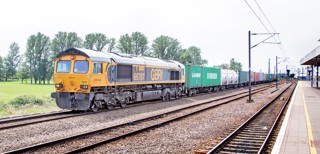
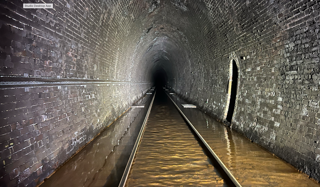
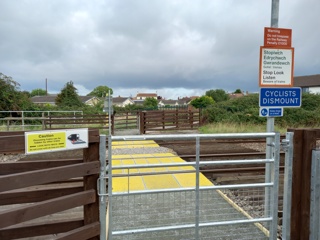












Login to comment
Comments
No comments have been made yet.